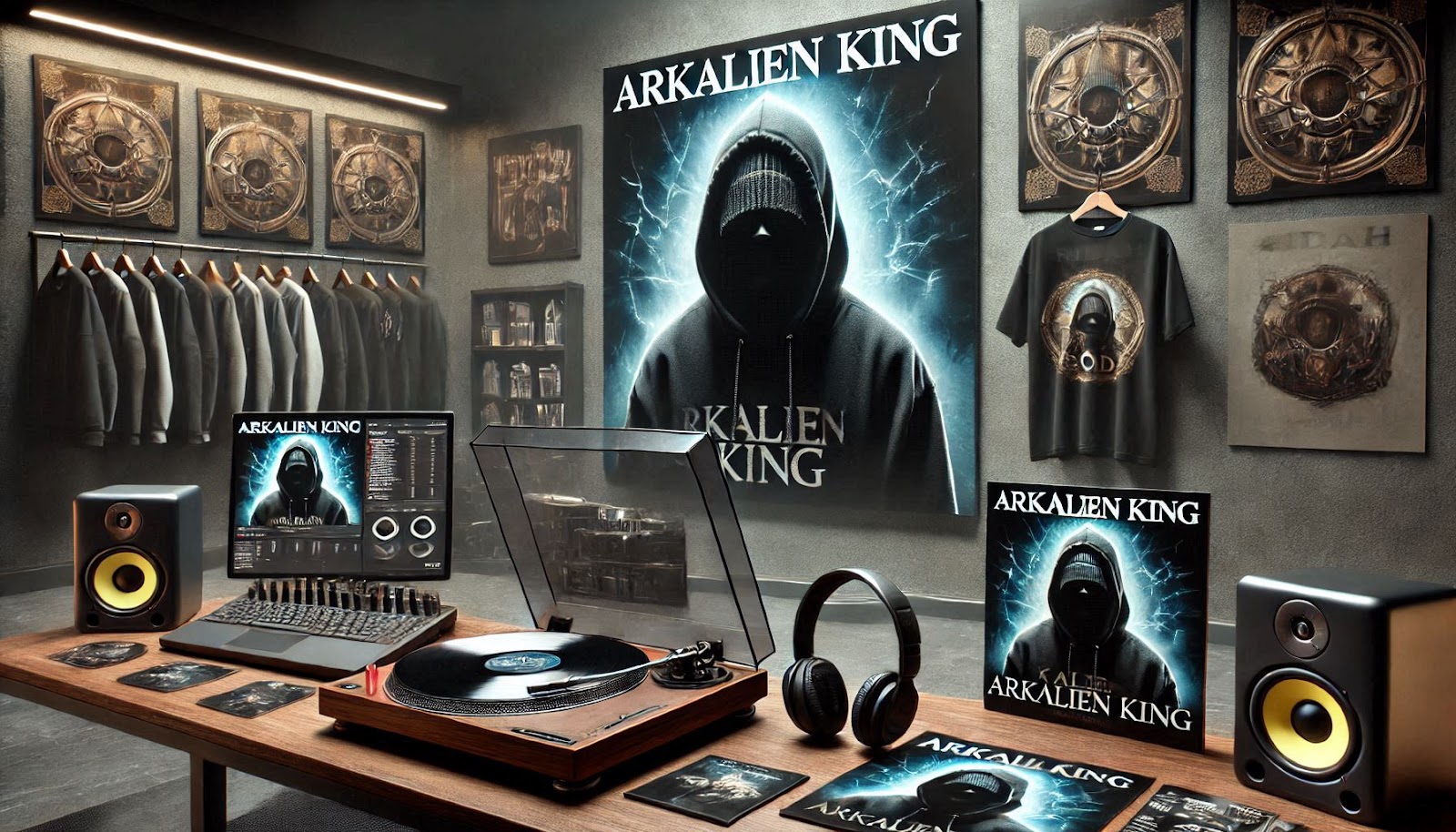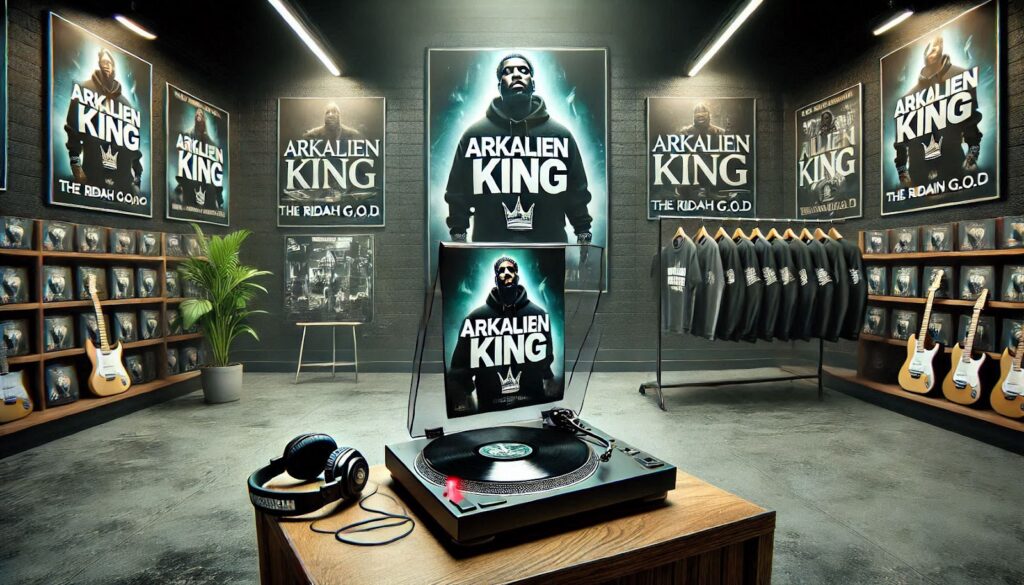Beats and Buildings: The Unexpected Symphony
The convergence of hip-hop culture and luxury real estate in Dubai represents a fascinating evolution in architectural design and cultural integration. In the heart of the city’s prestigious Downtown district, developers are increasingly drawing inspiration from the bold aesthetics and cultural significance of hip-hop, creating spaces that resonate with a new generation of luxury property buyers. The phenomenon began in 2019 when prominent Dubai-based developer Emaar collaborated with music industry veterans to conceptualize the Rhythm Residences, a AED 2.8 billion development that incorporated recording studios and performance spaces within its luxury apartment complex.
The integration of hip-hop elements extends beyond mere aesthetic choices, influencing structural designs and spatial arrangements in ways previously unseen in traditional Middle Eastern architecture. Leading architects from firms like Foster + Partners and Zaha Hadid Architects have begun incorporating elements of street culture into their designs, creating facades that reflect the dynamic energy of urban art while maintaining the sophistication expected in properties ranging from AED 15-50 million. These architectural innovations have resulted in a 23% increase in property values within developments that embrace this cultural fusion.
Modern luxury developments in Dubai are increasingly featuring dedicated spaces for artistic expression, with 45% of new high-rise projects incorporating recording studios, dance facilities, or art galleries. The Marina District’s latest development, The Groove Towers, showcases this trend with its 3,000-square-foot creative hub spanning three floors, complete with state-of-the-art recording facilities and performance venues. This innovative approach has attracted significant attention from international investors, with property sales in these culturally-integrated developments increasing by 34% in 2023 compared to traditional luxury properties.
The synthesis of hip-hop culture and architectural design has created a unique signature style that sets Dubai’s luxury real estate apart in the global market. Industry experts estimate that properties featuring these cultural elements command a premium of 15-20% compared to conventional luxury developments. The trend has sparked a renaissance in Dubai’s architectural landscape, with over 60% of new luxury developments now incorporating some element of urban cultural expression in their design philosophy.
Concrete Poetry: Where Verses Meet Vertical Living
The transformation of Dubai’s skyline through hip-hop-inspired architecture represents a bold departure from conventional design paradigms. Innovative architects are crafting spaces that tell stories through structural elements, much like how hip-hop artists weave narratives through their lyrics. The recently completed Lyrical Heights complex in Business Bay exemplifies this approach, with its facade featuring intricate geometric patterns inspired by sound waves and rhythm patterns, covering an impressive 120,000 square feet of exterior surface area.
These architectural innovations extend to interior spaces, where designers are creating living environments that reflect the dynamic energy of hip-hop culture while maintaining the sophistication expected in premium real estate. In developments like The Rhythm Residences, internal spaces feature acoustic engineering that allows residents to experience optimal sound quality, with specialized wall treatments and floating floors that cost an additional AED 1.2 million per unit to implement. These technical innovations have resulted in a 28% increase in property values within the first year of completion.
The integration of cultural elements has led to the development of unique amenities that set these properties apart in Dubai’s competitive luxury real estate market. Developments now feature recording studios with professional-grade equipment, collaborative spaces for artists, and dedicated areas for art installations. The Crown Rhythm Tower, completed in 2023, includes a 5,000-square-foot creative hub that has attracted significant interest from international artists and musicians, contributing to a 40% faster sales rate compared to similar luxury properties.
The influence of hip-hop culture on luxury real estate has created a new standard for premium living spaces in Dubai. Properties incorporating these elements have seen a remarkable 25% increase in international buyer interest, with particularly strong demand from young entrepreneurs and creative professionals. This trend has prompted developers to allocate an average of 18% of their project budgets to cultural integration elements, resulting in unique living spaces that command premium prices in the market.
Flow and Form: Engineering the Perfect Rhythm
The technical aspects of integrating hip-hop culture into architectural design present unique challenges and innovations in engineering. Developers are implementing cutting-edge acoustic technologies and structural solutions to create spaces that serve both artistic and residential purposes. The latest developments utilize advanced sound isolation systems that cost approximately AED 8,000 per square meter to implement, ensuring that creative spaces coexist harmoniously with private residences.
Engineering firms specializing in acoustic design have developed proprietary solutions for these unique properties. The implementation of floating floors, double-wall construction, and specialized HVAC systems that minimize sound transmission has become standard in these developments. These technical innovations require an additional investment of approximately 12% in construction costs but result in properties that command a 30% premium in the market.
The integration of technology extends to smart home systems specifically designed for these culturally-influenced properties. Developers are incorporating advanced audio systems throughout common areas, with some properties featuring up to 200 speakers strategically placed to create immersive soundscapes. These technological implementations have contributed to a 15% increase in property values and a 25% reduction in vacancy rates compared to traditional luxury developments.
Property management systems in these developments have evolved to accommodate the unique requirements of creative spaces. Building management systems now include specialized modules for booking studio time, coordinating events, and managing sound levels throughout the property. These management solutions represent an investment of approximately AED 5 million per development but have resulted in increased tenant satisfaction and rental yields averaging 8% higher than conventional luxury properties.
Urban Symphony: Designing for Cultural Convergence
The integration of hip-hop culture into luxury real estate has fostered the development of unique community spaces that promote cultural exchange and creative collaboration. Developers are allocating an average of 20% of total floor space to communal areas designed for artistic expression and community gathering. These spaces feature flexible layouts that can accommodate various activities, from impromptu performances to formal events, with some developments offering up to 10,000 square feet of dedicated creative space.
The design of these community spaces reflects a deep understanding of how different cultural elements can coexist within a luxury residential setting. Architects are creating environments that encourage interaction while maintaining the exclusivity expected in premium properties. These spaces typically incorporate high-end finishes and materials, with an average investment of AED 12,000 per square meter in specialty surfaces and design elements that reflect both urban culture and luxury living.
The success of these culturally integrated spaces has led to the development of specialized programming and events that enhance community engagement. Properties featuring these elements report 45% higher resident participation in community activities compared to traditional luxury developments. This increased engagement has resulted in stronger community bonds and higher resident satisfaction rates, with surveys indicating a 35% increase in likelihood to renew leases or maintain long-term ownership.
The impact of these community spaces extends beyond the immediate resident population, creating valuable connections with Dubai’s broader cultural scene. Developments featuring these elements have become important nodes in the city’s creative network, hosting an average of 24 cultural events annually and attracting visitors from across the region. This cultural activation has contributed to a 20% increase in property values within the first two years of operation.
Sonic Aesthetics: Material Innovation in Urban Luxury
The integration of hip-hop culture into luxury real estate has sparked innovations in material selection and application. Developers are experimenting with new combinations of traditional and contemporary materials to create spaces that reflect both urban culture and luxury living. The use of specialized acoustic materials, custom-designed facades, and innovative interior finishes has resulted in construction costs averaging AED 15,000 per square meter, representing a 25% premium over traditional luxury developments.
Materials science has played a crucial role in achieving the desired aesthetic and functional requirements of these properties. Architects are utilizing advanced composites that combine industrial elements with luxury finishes, creating surfaces that are both visually striking and practical. These innovative materials typically cost 30% more than traditional options but contribute to the unique character that commands premium prices in the market.
The selection of materials extends to the integration of smart surfaces and interactive elements throughout these developments. Properties now feature walls that can display digital art, floors that generate energy from movement, and surfaces that respond to sound and touch. These innovative features represent an investment of approximately AED 8 million per development but have resulted in increased property values and stronger market positioning.
The durability and maintenance requirements of these specialized materials have led to the development of new property management protocols. Building maintenance teams undergo specialized training to care for these unique surfaces and systems, with annual maintenance budgets averaging 15% higher than traditional luxury properties. This investment in maintenance has resulted in better long-term value retention and higher resident satisfaction rates.
Vertical Vibes: The Economics of Cultural Integration
The financial implications of integrating hip-hop culture into luxury real estate development have created new metrics for success in Dubai’s property market. Initial development costs for these culturally integrated properties average 35% higher than traditional luxury developments, but they command premium prices and achieve faster sales velocities. Market analysis indicates that these properties typically achieve a 25% higher price per square foot and sell 40% faster than comparable traditional luxury properties.
The operating economics of these developments present unique opportunities and challenges. The inclusion of creative spaces and specialized amenities requires additional staffing and maintenance resources, increasing operating costs by approximately 20%. However, these properties generate additional revenue streams through studio rentals, event spaces, and specialized services, contributing an average of 12% to annual operating income.
Insurance and risk management considerations for these properties have evolved to address their unique characteristics. Specialized insurance products have been developed to cover the high-value equipment and unique uses of space, with premiums averaging 25% higher than traditional luxury properties. These additional costs are offset by higher rental rates and increased property values, resulting in stronger overall returns for investors.
The long-term value proposition of these culturally integrated developments has attracted significant institutional investment. Private equity firms and real estate investment trusts have allocated over AED 15 billion to this sector in the past three years, recognizing the potential for superior returns. Properties in this category have demonstrated average annual appreciation rates of 12%, compared to 8% for traditional luxury properties.
Hip-Hop Meets High-Rises: Artistic Inspirations for Dubai’s Luxury Real Estate

Categories:



